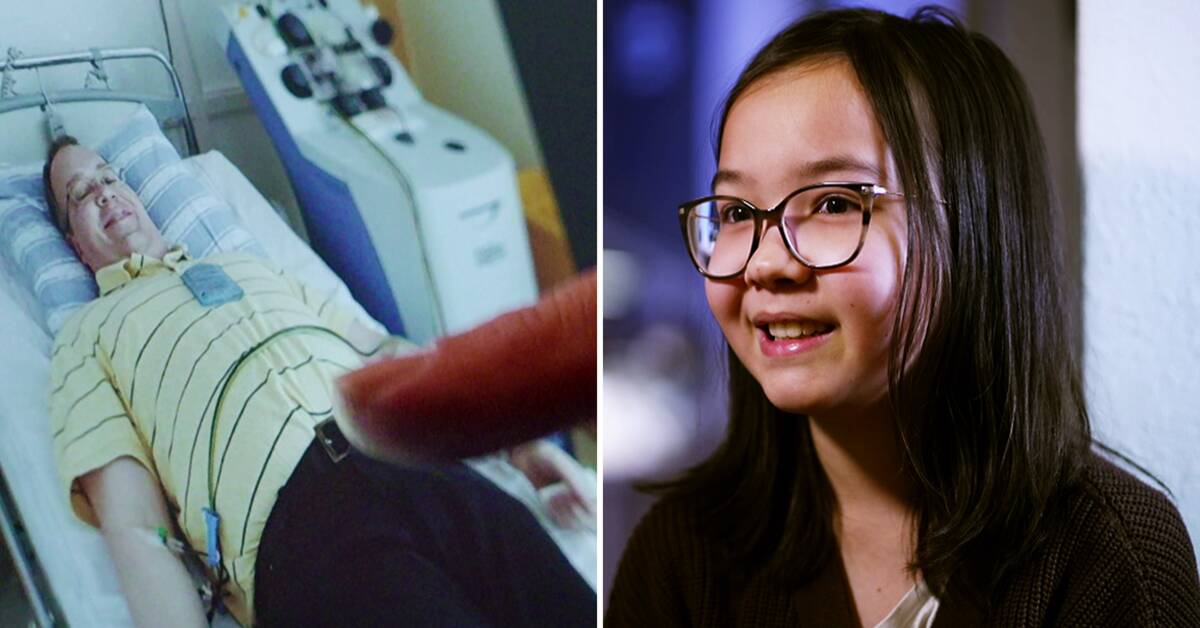For stem cell transplant recipients with compromised immune systems, a simple viral infection can be fatal when treatment with antiviral, virus-slowing drugs does not work.
But now the doctors at Sahlgrenska hospital have found a new way to save the lives of these patients.
So far, the method has saved the lives of four Swedes, three children and one adult.
First up was Katarina Svensson in Gothenburg, who got a life-threatening infection after a stem cell transplant when she was eight years old.
She made a full recovery a few weeks later after receiving a single injection of her father's memory cells.
- You were so worried at the beginning, but then when you notice that the old girl is coming back, it's a wonderful feeling, says Katarina's father Krister Svensson.
Hear how it happened when Katarina received immunity from her father - who saved her life, in the video above
The method is called virus-specific T-cell therapy and involves taking memory cells from a donor who has had one of three common viruses, such as the common cold virus.
Borrows immunity
Once the memory cells have been purified, they are injected into the patient's blood and immediately begin to fight the virus.
- So you borrow immunity from a donor who has previously had the infection and who has formed a memory in their immune system, says Sofia Frändberg, senior physician at the Stem Cell Laboratory at Sahlgrenska Hospital.
Customize the treatment
The method has come about in collaboration between the doctors at the Children's Cancer Center, who have seen the great need to help terminally ill children, and the staff at the Stem Cell Laboratory, who were able to tailor the treatment to the individual patients.
- It is an absolutely fantastic opportunity to be able to cure a patient group where we previously had nothing further to offer.
It saves lives, says pediatric oncologist Cecilia Langenskiöld.
Has it been difficult to persuade the parents of these children to dare to try a completely new treatment method?
- No, we have been clear that this is the only treatment option, and the risks with the treatment are very small, so we definitely thought it was worth trying, she says.

